
This issue contains interviews that provide an excellent sampling of the fascinating science that will be presented at this year’s SciX conference.

This issue contains interviews that provide an excellent sampling of the fascinating science that will be presented at this year’s SciX conference.

Here, a series of developing methods is presented for locating and analyzing deeply buried late Pleistocene archaeological sites, which includes the initial investigation of the geomorphology of a potential archaeological site with a suite of analytical geochemical techniques.

Dr. Jeanita Pritchett offers insight on how science, technology, engineering, and math (STEM) students can transition into a successful scientific career after graduation.
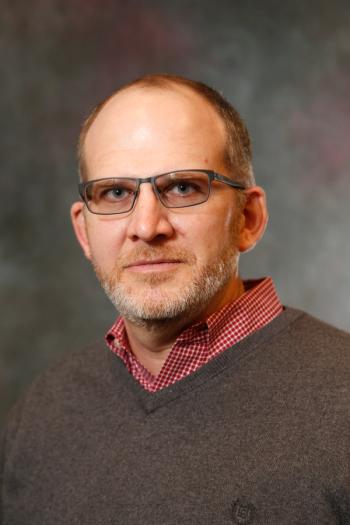
Zac Schultz of The Ohio State University and his team used tip-enhanced Raman spectroscopy (TERS) and surface-enhanced Raman spectroscopy (SERS) with gold nanostars to investigate chemical reactions involved in protein–ligand binding. He recently spoke with Spectroscopy about his findings.
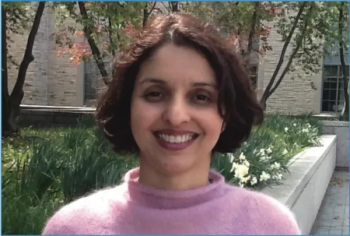
Bhavya Sharma is the winner of the 2021 Emerging Leader in Molecular Spectroscopy Award. We recently interviewed her about her work conducting research to detect active and important biomolecules related to hormone regulation, neurological health, and disease diagnosis.
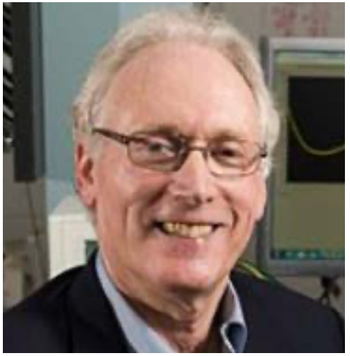
Mark Meyerhoff has been exploring chemical sensors for biomedical applications. Because of his work, Meyerhoff has been awarded the 2021 ANACHEM award. Meyerhoff spoke to us about his work, his career, and what being presented this award at this fall’s SciX event means to him.
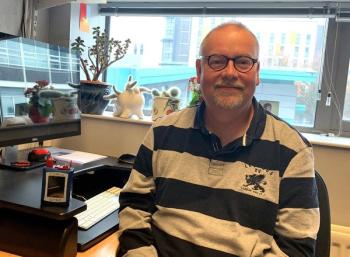
Roy Goodacre, a professor of biological chemistry at the University of Liverpool in the United Kingdom, first used SERS to achieve whole-organism fingerprinting of bacteria and then explored SERS in a variety of other applications, including within biotechnology, disease diagnostics, quantitative detection, imaging, food security, and more. Goodacre is the 2021 winner of the Charles Mann Award for Applied Raman Spectroscopy. This interview is part of an ongoing series of interviews with the winners of awards that are presented at the annual SciX conference.
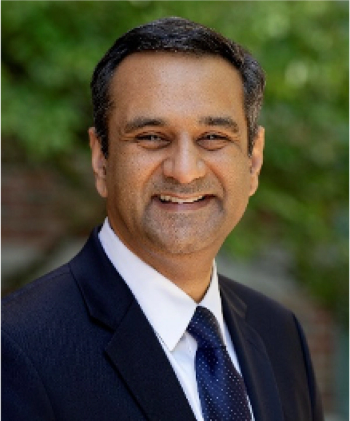
Professor Rohit Bhargava and his team at the University of Illinois, where they have established the Cancer Center at Illinois, are advancing research in tumor microenvironments, using techniques such as high-definition Fourier transform infrared (HD-FT-IR) coupled with machine learning. We recently spoke to Bhargava about this work.
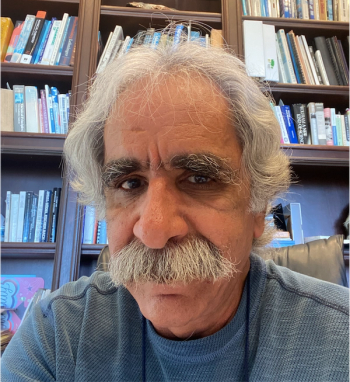
Analytical chemists are continually striving to advance techniques to make it possible to observe and measure matter and processes at smaller and smaller scales. Professor Vartkess Ara Apkarian and his team at the University of California, Irvine have made a significant breakthrough in this quest: They have recorded the Raman spectrum of a single azobenzene thiol molecule. The approach, which breaks common tenets about surface-enhanced Raman scattering/spectroscopy (SERS) and tip-enhanced Raman spectroscopy (TERS), involved imaging an isolated azobenzene thiol molecule on an atomically flat gold surface, then picking it up and recording its Raman spectrum using an electrochemically etched silver tip, in an ultrahigh vacuum cryogenic scanning tunneling microscope. For the resulting paper detailing the effort [1], Apkarian and his associates are the 2021 recipients of the William F. Meggers Award, given annually by the Society for Applied Spectroscopy to the authors of the outstanding paper appearing in the journal Applied Spectroscopy. We spoke to Apkarian about this research, and what being awarded this honor means to him and his team. This interview is part of an ongoing series with the winners of awards that are presented at the annual SciX conference. The award will be presented to Apkarian at this fall’s event, which will be held in person in Providence, Rhode Island, September 28–October 1.
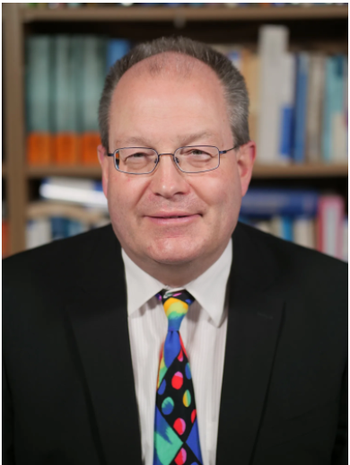
Uwe Karst of the University of Münster in Germany explains the use of laser ablation–inductively coupled plasma–mass spectrometry (LA-ICP-MS) imaging to provide spatially resolved quantification of trace elements in biological samples.

This article discusses how FT-IR and SERS is being used to detect counterfeit pharmaceutical drugs.

Those inexperienced in using FT-IR spectrometers can encounter problems when measuring spectra. This article discusses several main issues that most users experience while using FT-IR spectrometers and how to remedy each problem.

This article covers a portion of the analytical equipment and techniques used in the production of beer across the supply chain.

This article discusses coherent Raman imaging and how it can visualize and quantify cutaneous pharmacokinetics (PK).
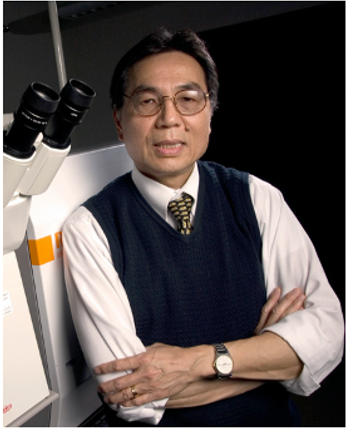
Working at the frontiers of biotechnology, fiberoptics, lasers technique, and molecular spectroscopy, Tuan Vo-Dinh of Duke University has developed multiple sensor technologies for medical research and diagnostics. Throughout this work, Vo-Dinh and his research colleagues have brought spectroscopy to biomedical applications. In this second recent interview, Vo-Dinh talks about his research work and philosophy.